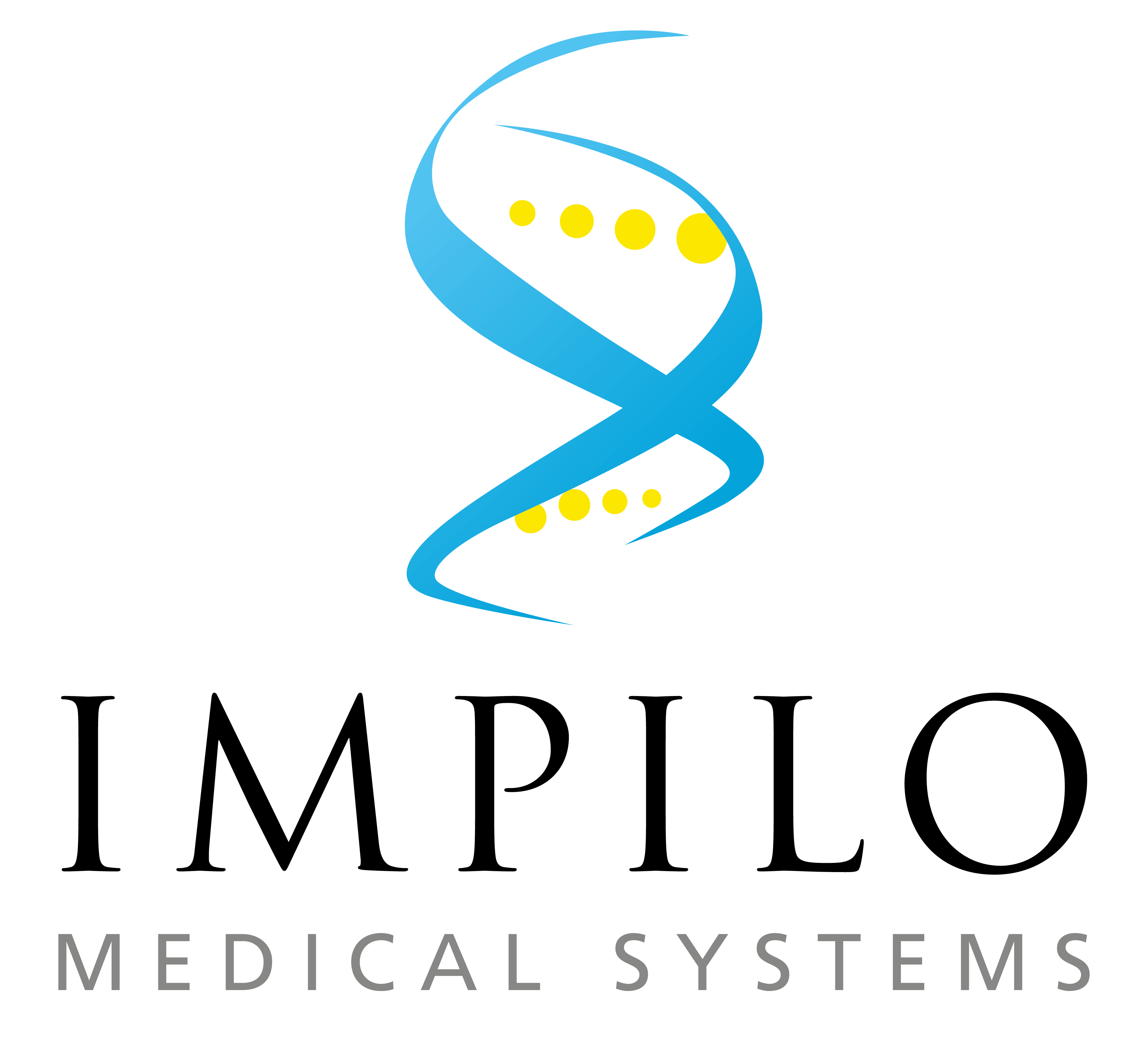Introduction
South Africa is at a crossroad with regards to the quality of health care services provided to its own population. Ultrasound technology can play a critical role in health care provision, especially within our rural areas and has significantly assisted in terms of quality health care to patients, by reducing morbidity and mortality. Africa in general, is the continent with the greatest health care challenges and is yet to fully utilise ultrasound technology. The need for this technology is great as the conditions require its application.
For the effective use of ultrasound, a sound understanding of its usefulness and its limitations are required. Our understanding and knowledge is required to pace with technology to ensure that we use and interpret ultrasound correctly.
This specific course provides participants an introduction to the most common pathology, presented within a general practice. The course aims to enhance your understanding and awareness of diagnostic ultrasound and how it will change your practice. After the participant has completed this course, they are able to increase their knowledge and learning skills by enrolling into our more comprehensive dedicated other basic ultrasound courses. These courses are taught by highly experienced sonographers. The course incorporates comprehensive online lectures and videos followed by full two days of practical training on real patients.
Our courses have a high tutor and ultrasound machine to student ratios (often maximum 5 per system), meaning you will benefit from more time scanning and have close support from our tutors whilst you scan. The material is presented in a straight forward fashion allowing the participant to acquire diagnostic imaging skills in a short period of time. The systematic approach presented is unique to this course and is ideal for beginners or those with limited scanning experience.
Who Should Enrol
This course is appropriate to all medical practitioners such as general practitioners, gynaecologists, surgeons, physicians, emergency physicians, sonographers and other medical specialists who are interested in the sonographic manifestations of normal and pathologic conditions of abdominal organs, pelvic organs as well as foetal scanning. Delegates should have a medical qualification and access to an ultrasound scanner to improve upon their ultrasound skills.
Course Design
This is a blended learning course consisting of both an online component as well as a 2 day hands on practical session.
Learning Outcomes
By the end of this course, students will be able to:
- Demonstrate an understanding of ultrasound physics
- Demonstrate an understanding of ultrasound knobology in order to obtain best image optimisation
- Demonstrate an understanding of ultrasound scanning planes
- Demonstrate an understanding and practice of the most common abdominal and pelvic pathology
- Demonstrate an understanding and practice of the most common knee, ankle and shoulder pathology
- Demonstrate an understanding and practice of the common testis, breast and thyroid pathology
Course Content
The following modules will be covered in this short course:
1. Basics of ultrasound: physics
2. Knobology and ultrasound image optimisation
3. Ultrasound scanning planes
4. Upper Abdomen & pelvis
- Pleural& pericardial effusions
- Ultrasound of the Liver echogenicity (liver steatosis)
- Ultrasound of the Gallbladder for gallstones
- Ultrasound of the pancreas
- Ultrasound of the aorta for aneurysmal dilatations.
- Ultrasound of the kidneys for renal calculi and hydronephrosis
- Ultrasound of the spleen for splenic rupture and free fluid
- Ultrasound of right iliac region for acute appendicitis
- Free fluid within the female pelvis.
- Free fluid within the male pelvis.
5. Muscular Skeletal ultrasound
- Limited ultrasound of the knee for knee effusion, MCL sprain & baker cyst
- Limited ultrasound of the wrist for ganglion cysts
- Limited ultrasound of the shoulder (biceps tendon, SASD bursa, subscapularis tendon & supraspinatus tendon)
6. Small parts ultrasound
- Limited ultrasound of the thyroid
- Ultrasound of the lymph nodes within the neck
- Limited ultrasound of the testis
- Ultrasound of groin for an inguinal hernia
- Limited ultrasound of the breasts
- Identify, obtain and scan the groin region for hernias
- Identify, obtain and scan lymph nodes within the neck region
Assessment
Participants are assessed on the self-study component of the course through means of a online multiple-choice questionnaire. Participants are also assessed for competency at the end of the 2 day practical session after which they had been trained by a qualified sonographer.
Accreditation
Accredited according to the HPCSA’s Medical and Dental Board Guidelines for Health Care Professionals for 30 CEU’s on Level 2.
Certification
In order to qualify for certification you will be required to:
- Work through all content, video presentations and resources
- Successfully complete the online assessment component through means of multiple-choice questionnaires (Pass rate of 70%)
- Attend the 2 day practical session and successfully pass the hands on assessment
Contact
COURSE
R 9,999.00 (incl VAT)
This course is appropriate for all medical practitioners such as general practitioners, gynaecologists, surgeons, physicians, emergency physicians, sonographers and other medical specialists.
